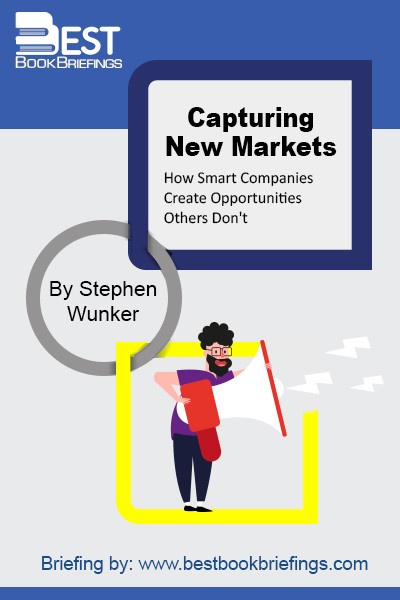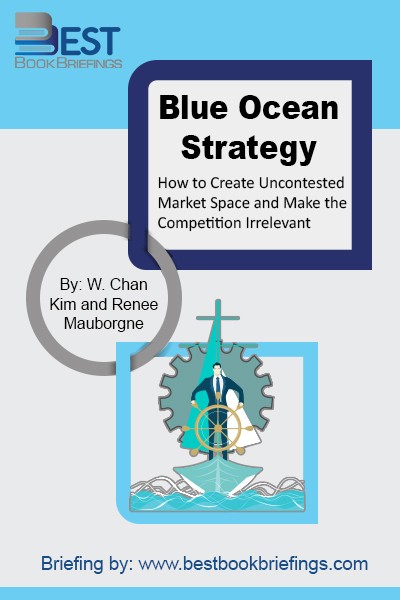If You're in a Dogfight, Become a Cat!
Strategies for Long-Term Growth
Number of pages: 360
Publisher: Columbia Business School
BBB Library: Corporate Success, Operations Management
ISBN: 978-0231174824
Editorial Review
Conventional wisdom suggests that dogfights are to be expected as marketplaces mature, giving rise to the notion that there are bad industries where it is unlikely that any company can succeed. However, there are notable exceptions in which enlightened executives have changed the rules to grasp the holy grail of business: long-term profitable growth. Rather than joining the dogfights raging within their industry, companies such as Apple, FedEx, and Starbucks have chosen to become metaphorical cats, continuously renewing their distinctive strategies to compete on their terms. In If You're in a Dogfight, Become a Cat, Leonard Sherman draws on four decades of experience in management consulting, venture capital, and teaching business strategy at Columbia Business School to share practical advice on two of the most vexing issues facing business executives: why is it so hard to achieve long-term profitable growth, and what can companies do to break away from the pack?
Book Reviews
Books on Related Topics

Global warming is a bear, but we aren’t bears. Most animals don’t have the native intelligence to think their way out of habitat changes, but we do. The accelerating evolution of our labor ecosystem, propelled by continual technological advances, compels us to take a fresh look at the way we prepare

A new market might cannibalize some of the old, but it also expands overall consumption—cars significantly hurt the makers of buggy whips, but they greatly expanded the use of transportation. If fighting competitors for share is a zero-sum game, new markets are about positive sums that create economic growth. New markets are

The dominant thinking of strategy work over the past 25 years has only focused on competition-based red ocean strategies. The result has been a fairly good understanding of how to compete skillfully in red oceans, with tools such as downsizing, differentiation, focus and benchmarking the competition. We rarely find any tools that



